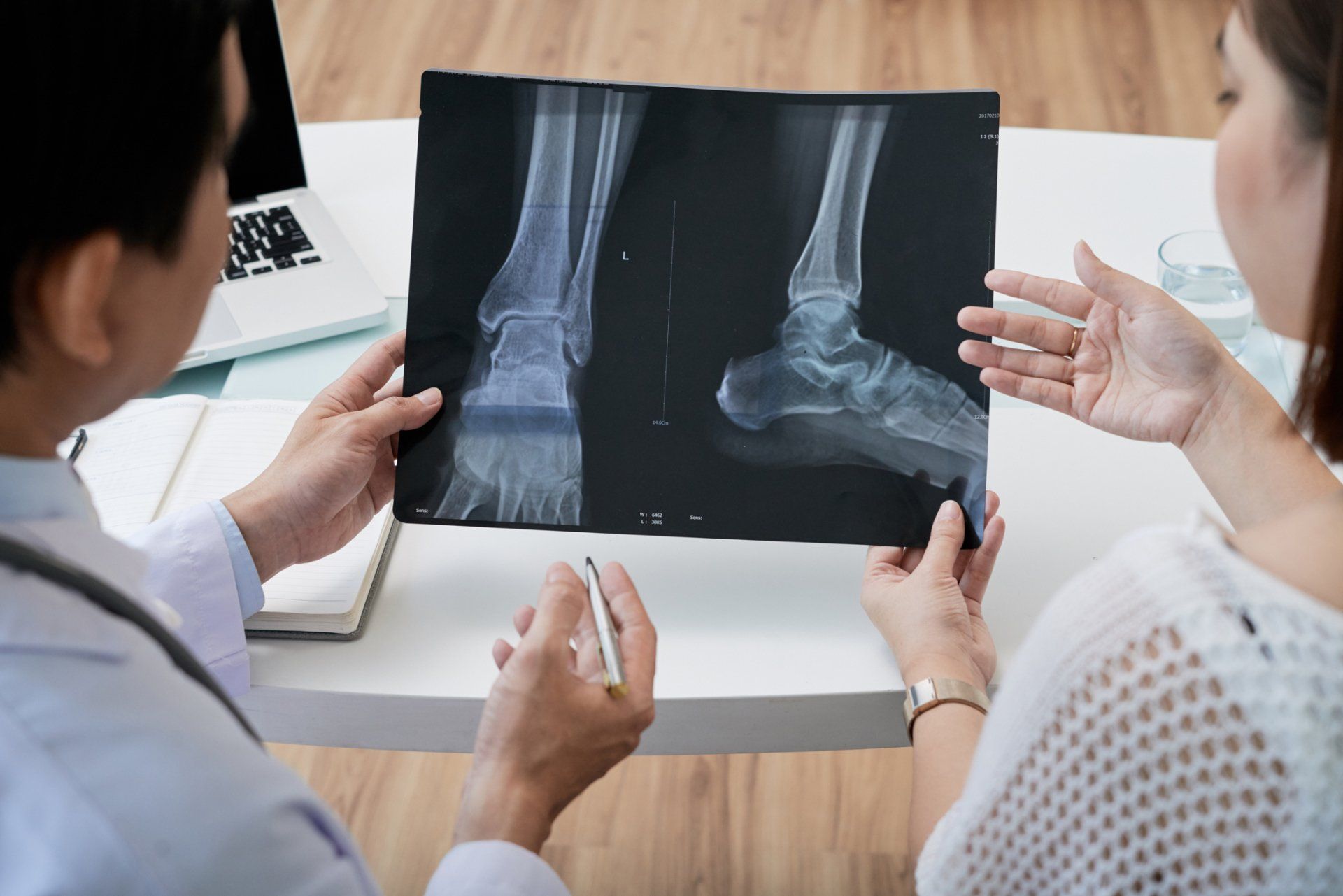Evidence You May Exclude With Motions In Limine
- By
- •
- 13 Aug, 2020
- •

In a personal injury case, you can use a motion in limine to exclude some evidence from the jury. A motion in limine can help you exclude evidence that is prejudicial or irrelevant to the case. Below are some forms of evidence you may exclude with motions in limine.
Cumulative Expert Testimony
Both plaintiffs and defendants can use expert witnesses to give expert opinions or breakdown technical issues for the court. A problem arises, however, if the other side uses too many experts to explain the same point. Legal experts refer to such testimony as cumulative expert testimony.
For example, the defense might use multiple experts to bias, shock, or mislead the jury. In such a case, you can file a motion in limine to exclude further expert testimony from the defense. The court may agree with you if it finds that the expert witnesses who have testified have already addressed the issue fully and appropriately.
Expert Witness Testimony
Not everyone who calls themselves a professional or expert can provide expert testimony. States have strict rules on who can be an expert witness. For example, an expert witness should have the skills and experience relevant to the subject at hand. For example, a practicing dentist can be an expert witness on dental injuries.
Sometimes, however, a defendant might enlist the help of someone who doesn't qualify as an expert in their field. Maybe the person is eloquent, charming, or persuasive, and the defense wants to use such attributes in the trial. In such a case, you can file a motion in limine to exclude the expert witness.
Claims of Comparative Negligence
Personal injury defendants like to argue that the plaintiff somehow contributed to their injuries. For example, in an auto accident case, the defendant might argue that a phone call distracted the victim and contributed to the accident.
The problem is that some defendants like to raise the issue of comparative negligence even if it's clear that the plaintiff didn't contribute to the accident in any way. In such a case, you can use a motion in limine to exclude claims of your negligence. If the court concurs, then the defendant has to show evidence of your negligence before they make such a claim in court.
Make and Model of Automobile
Some automobiles have a reputation for speed, risk, or grisly accidents. Such negative reputations might prejudice the jury and affect their opinion during liability deliberations.
Consider a case where you are involved in an accident with a racecar known for its fast acceleration. The public might assume that you caused the accident by speeding even if they have facts to the contrary.
In such a case, a motion in limine might allow you to exclude the make and model of your car during the trial. For the court to agree to your motion, you must prove that the make and model of the car didn't contribute to the accident.
Exclude Other Defendants
In some cases, you may file an accident claim against multiple defendants only for the court to absolve some of them of liability. If that happens, the remaining defendant or defendants might claim that you are on a wild goose chase and that they are not liable for your injuries, just like the other defendants.
You can use a motion in limine to exclude any mention of the other defendants in your case. Otherwise, the mention of the defendants that the court absolved of blame might prejudice your case.
An experienced and caring lawyer can help you process your injury claim even if it requires litigation. Law Offices of Robert Dodson, P.A., is dedicated to helping injury victims receive the compensation they require. Contact us for a free consultation so that we can evaluate your case and determine the best way to proceed.






